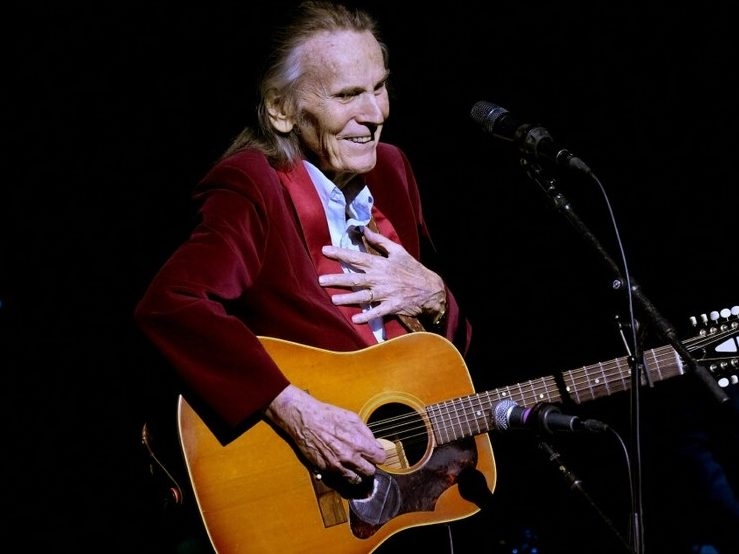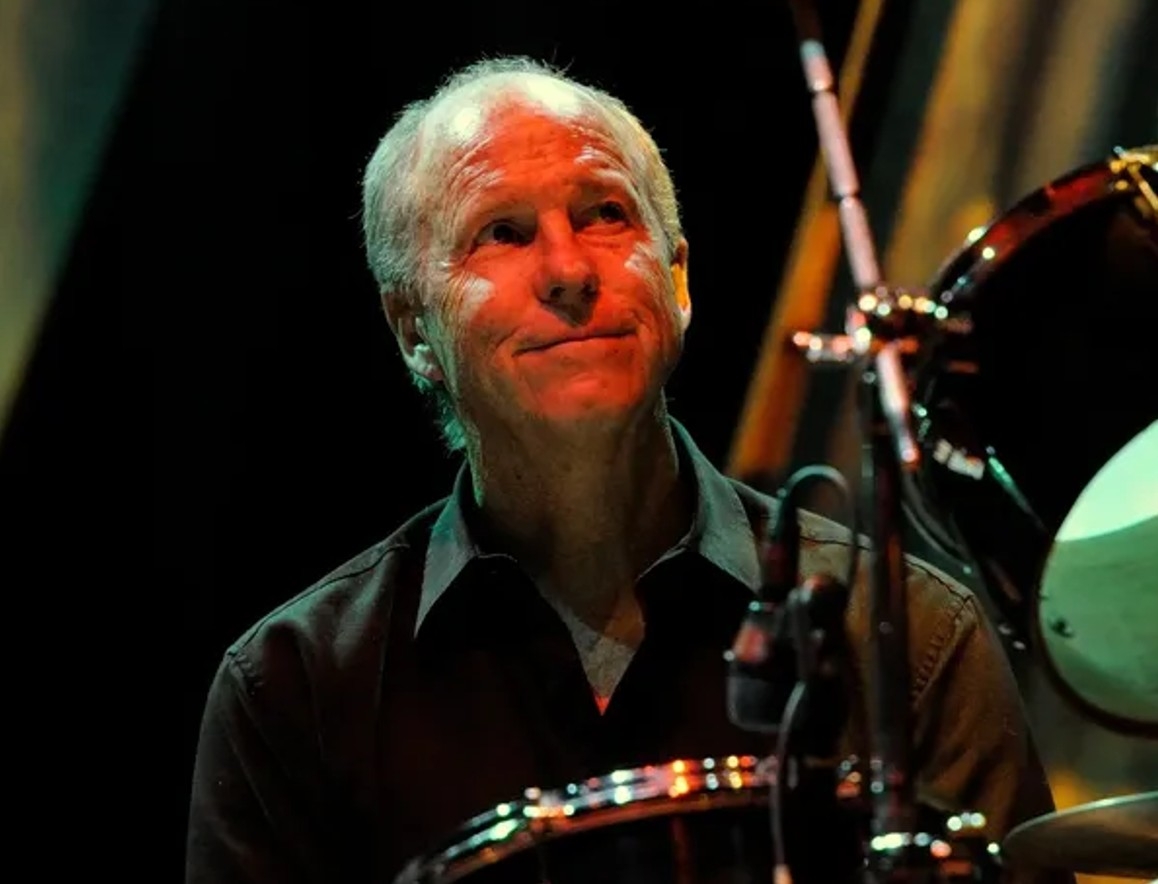The story began with a tragedy, a November gale on Lake Superior, and the sudden disappearance of the SS Edmund Fitzgerald. But it blossomed into something more – a haunting ballad that would forever etch the names of 29 lost sailors into the collective memory.
Gordon Lightfoot wasn’t initially seeking to write a memorial. He stumbled upon the story in a magazine, a brief account of the sinking. It resonated, but the song remained unfinished, a work in progress tucked away from his current album sessions.
During rehearsals for his 1976 album, *Summertime Dream*, Lightfoot casually strummed chords and sang fragments of the emerging song. His drummer, Barry Keane, remembers the band’s curiosity. “Hey, what’s that?” they asked. Lightfoot dismissed it, saying it wasn’t ready, not for this album.

Serendipity intervened. Weeks later, after completing thirteen tracks, Lightfoot returned to the song. Again, the band inquired. Again, Lightfoot hesitated. But recording engineer Ken Friesen, listening from the booth, offered a suggestion: “Gord, you have all the guys here. Why don’t you get some of it down on tape?”
That simple question unlocked something extraordinary. As Lightfoot played, steel guitarist Peewee Charles and guitarist Terry Clements instinctively harmonized, creating the song’s iconic, mournful guitar riff – instantly recognizable even today.
Keane recalls Lightfoot giving a subtle nod, signaling him to join in on drums. Friesen hit record. The band was playing a song they’d never heard before, improvising their parts as Lightfoot continued to refine the lyrics.

Keane’s drumming, when it finally exploded onto the track, was a visceral response to the story unfolding in the music. His powerful tom fills weren’t just rhythm; they were a percussive embodiment of the sailors’ struggle against the unforgiving lake.
The first take was magic. When it ended, a profound silence filled the studio. The musicians, moved by the lyrics and Lightfoot’s passionate delivery, knew they had captured something special, though none imagined its future impact.
Subsequent attempts to replicate the initial spark fell short. The raw emotion, the spontaneous energy of that first take, couldn’t be manufactured. It was a moment of divine intervention, a confluence of talent and circumstance.

Even Warner Brothers Records Chairman Mo Ostin played a role. Lightfoot initially didn’t envision the song as a single, but Ostin championed it, defying expectations by releasing the full, six-and-a-half-minute track to radio.
The song resonated deeply with listeners. It wasn’t just a song; it was a tribute, a lament, a way to honor the lives lost on the Edmund Fitzgerald. Over the decades, Lightfoot and his band met the families of the sailors, witnessing firsthand the song’s healing power.
The legacy extended beyond grief. The song sparked increased awareness of Great Lakes safety, contributing to a remarkable statistic: no further commercial mariner deaths on the Great Lakes since the Edmund Fitzgerald disaster.
On the 50th anniversary of the sinking, Barry Keane remembers not only the 29 sailors lost but also Gordon Lightfoot, a man of humility and compassion. The ringing of 30 bells at Mariner’s Church of Detroit – 29 for the crew, one for Lightfoot – symbolized a profound connection.
Lightfoot’s song didn’t just memorialize a tragedy; it transformed it into a lasting testament to courage, resilience, and the enduring power of music. It’s a story of loss, yes, but also of how a chance encounter and a spontaneous recording session created a legend that continues to sail on.
The names of those lost on the Edmund Fitzgerald remain: Captain Ernest M. McSorley, and the crew – John H. McCarthy, James A. Pratt, Michael E. Armagost, George J. Holl, Edward F. Bindon, Thomas E. Edwards, Oliver J. Champeau, Ralph Walton, Blaine Wilhelm, Thomas D. Bentsen, Frederick J. Beetcher, Nolan S. Church, Ransom E. Cundy, Karl A. Peckol, William Spengler, Paul Riippa, Mark Thomas, Bruce Hudson, John Poviach, John Simmons, Eugene W. O’Brien, Allen G. Kalmon, Thomas D. Borgeson, Joseph W. Mazes, David Weiss, and Gordon F. MacLellan.





